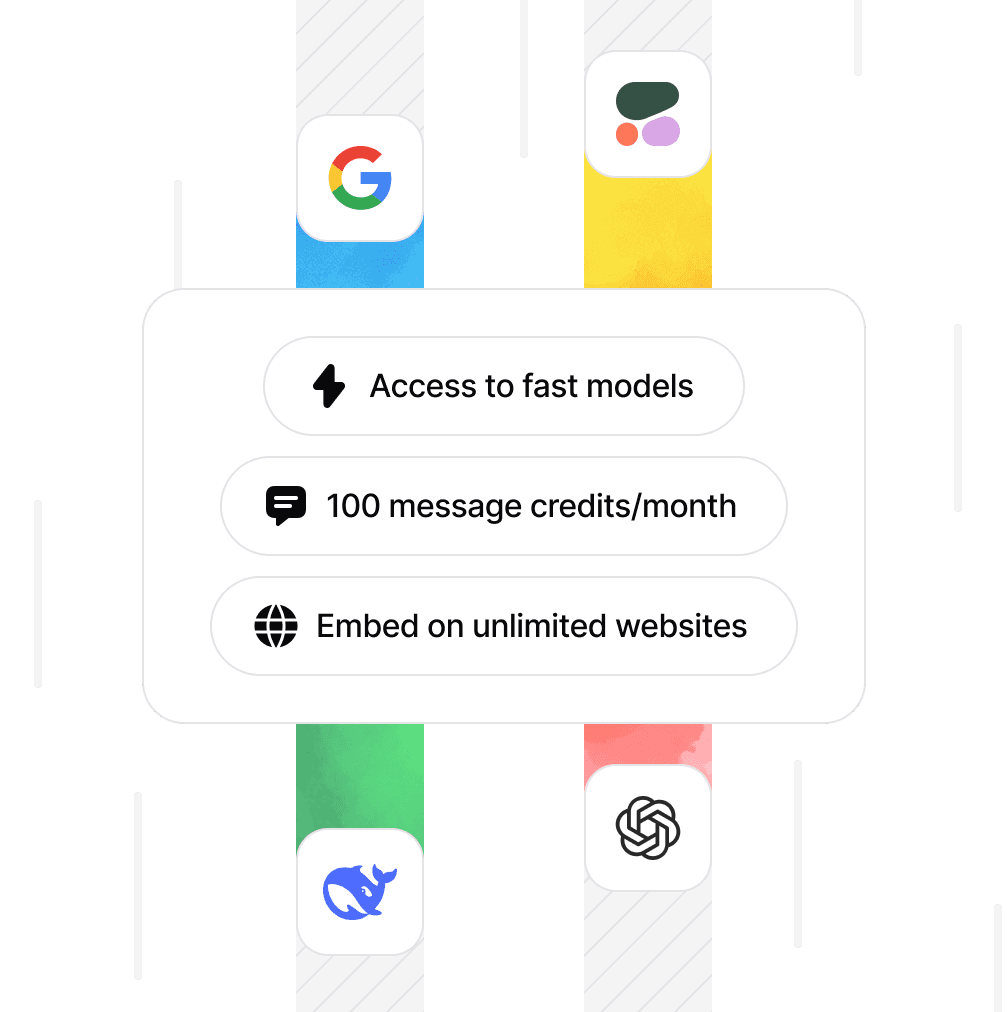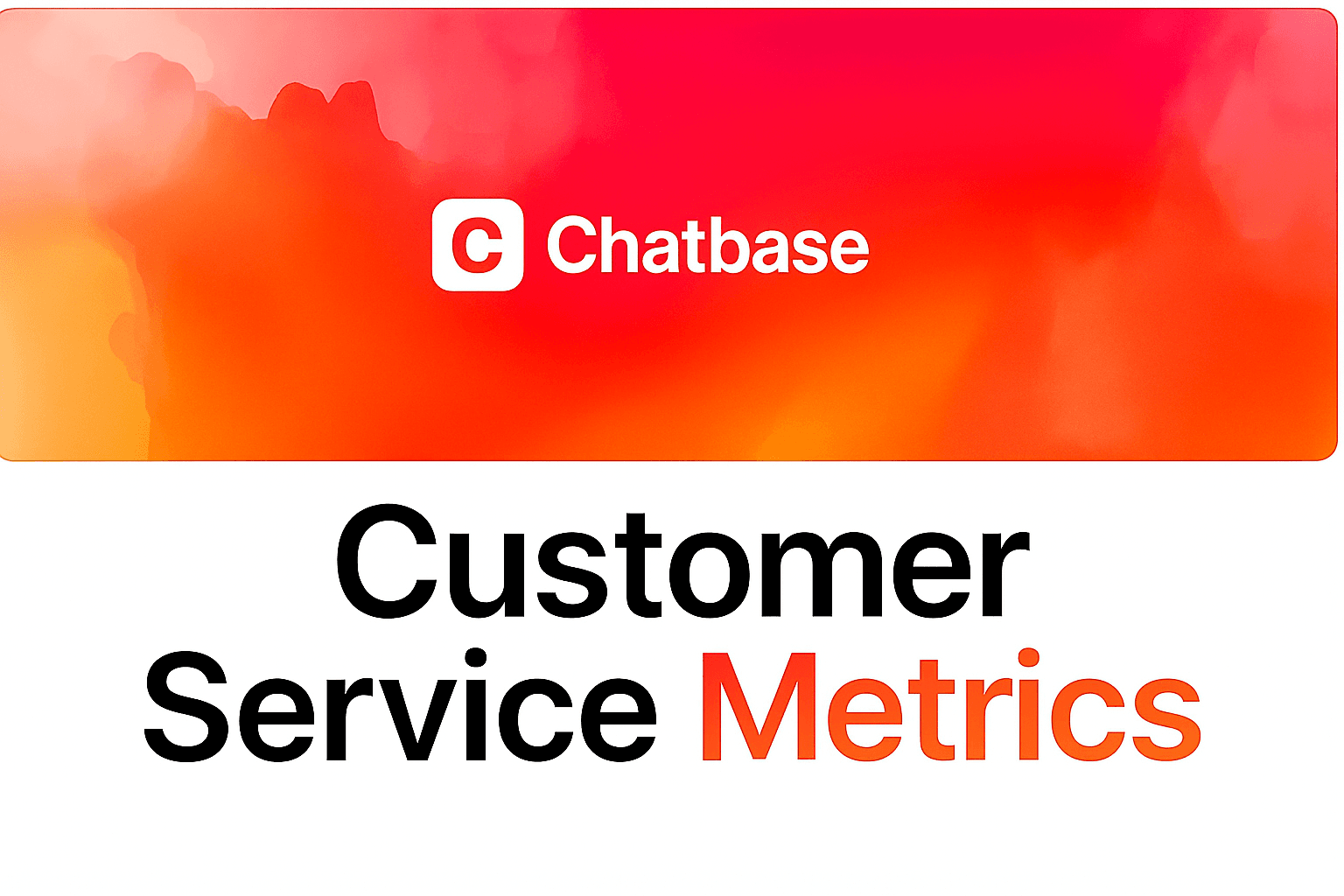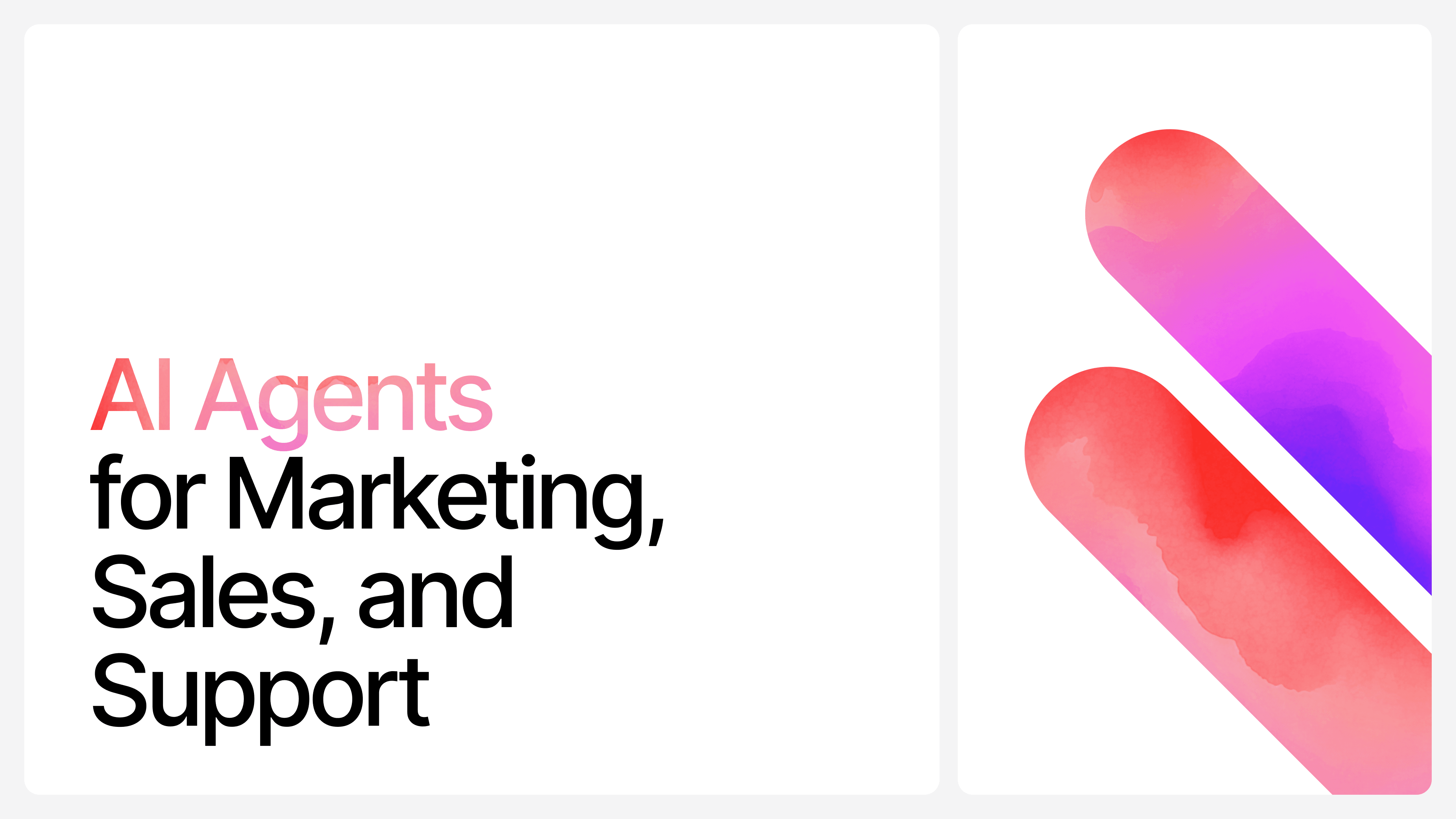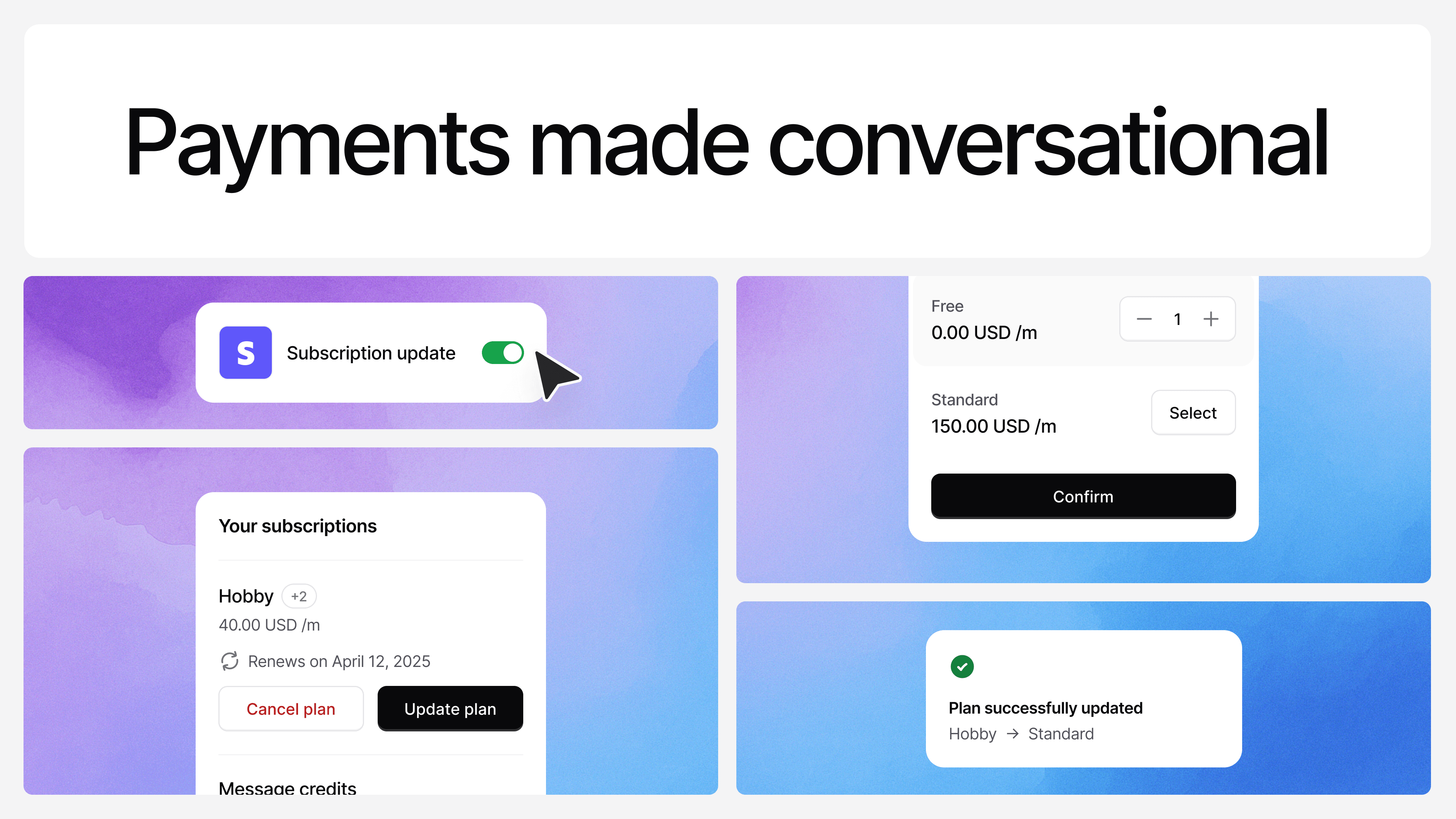Customer Data Analytics 101: Unlock Insights in 2026
Ilias Ism
Oct 1, 2024
7 min read
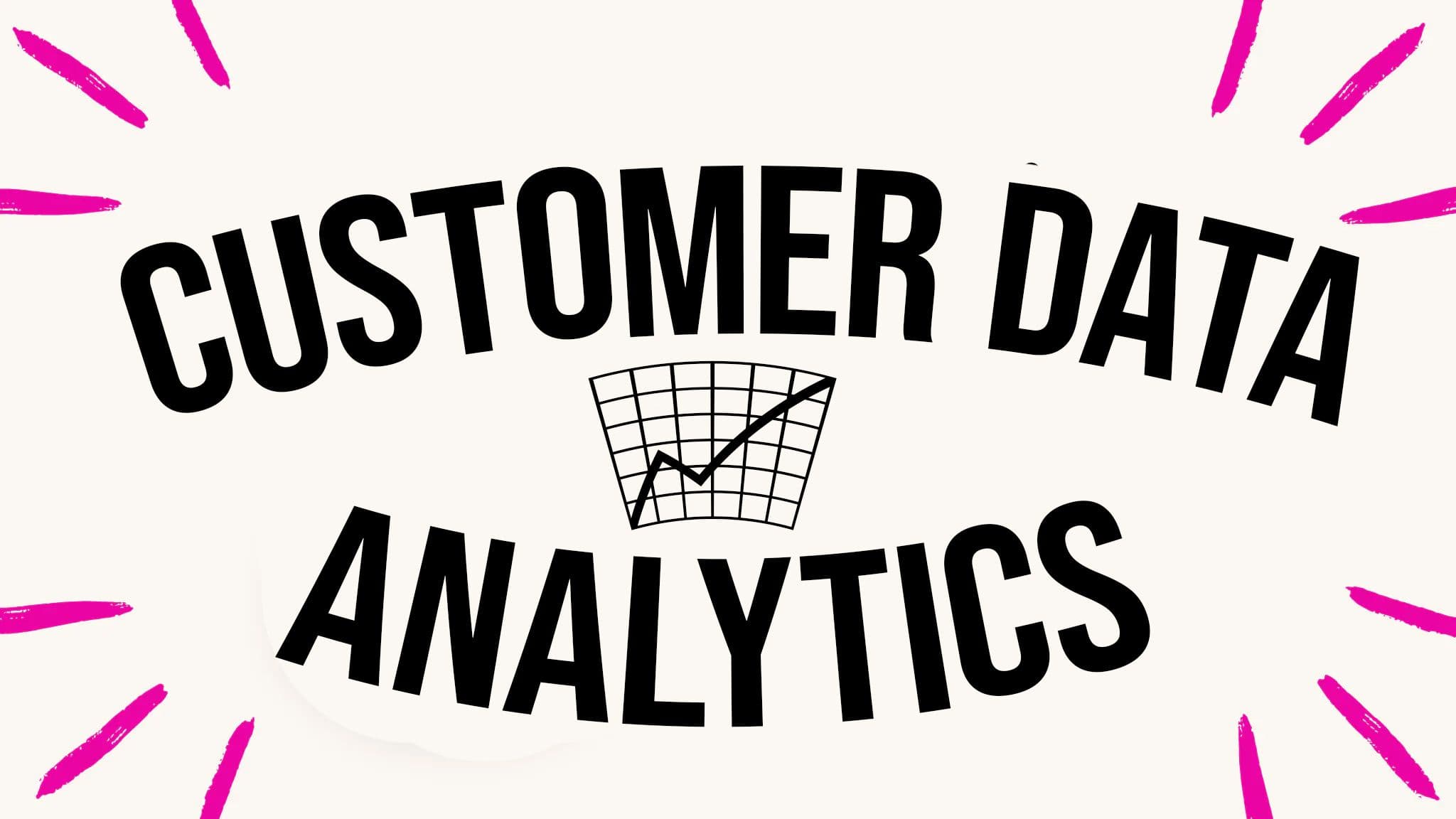
In today's data-driven business landscape, understanding your customers is more crucial than ever.
Customer data analytics has emerged as a powerful tool for businesses to gain deep insights into their customers' behaviors, preferences, and needs.
This comprehensive guide will explore what customer data analytics is, why it matters, and how you can leverage it to drive growth and improve customer experiences.
What is Customer Data Analytics?
Customer data analytics refers to the process of collecting, analyzing, and interpreting data about customers to gain actionable insights.
It goes beyond traditional market research by leveraging large volumes of data from various touchpoints to create a holistic view of customer behavior and preferences.
Types of Customer Data
Customer data analytics typically involves several types of data:
- Demographic data: Age, gender, location, income, etc.
- Behavioral data: Purchase history, website interactions, app usage, etc.
- Attitudinal data: Customer satisfaction scores, survey responses, etc.
- Psychographic data: Lifestyle, values, interests, etc.
By combining these data types, businesses can create comprehensive customer profiles and gain a deeper understanding of their target audience.
Benefits of Customer Data Analytics
Implementing customer data analytics can provide numerous benefits for businesses:
- Personalized customer experiences: By understanding individual preferences and behaviors, companies can tailor their offerings and communications to each customer.
- Improved product development: Insights from customer data can inform product improvements and new feature development.
- More effective marketing campaigns: Analytics help businesses target the right customers with the right message at the right time. For example, using a QR code generator, businesses can create unique codes that link to personalized offers or surveys, further enhancing campaign effectiveness.
- Increased customer retention and loyalty: By understanding customer needs and pain points, companies can proactively address issues and improve satisfaction.
- Data-driven decision making: Analytics provide concrete evidence to support strategic decisions across the organization.
Key Types of Customer Analytics
There are four main types of customer analytics:
- Descriptive analytics: Summarizes what has happened in the past.
- Diagnostic analytics: Examines why certain events occurred.
- Predictive analytics: Forecasts what might happen in the future.
- Prescriptive analytics: Recommends actions to achieve desired outcomes.
Each type of analytics builds upon the others, providing increasingly sophisticated insights and recommendations.
How to Implement Customer Data Analytics
Implementing customer data analytics involves several key steps:
- Collecting data: Collecting data: Use tools like ZenRows for gathering customer data from diverse sources, such as website interactions, purchase history, customer service interactions, and social media and use ELT platforms to centralize and organize this information efficiently.
- Storing and organizing data: Use a centralized data warehouse or customer data platform (CDP) to store and organize data securely.
- Analyzing data: Employ analytics tools and techniques to uncover patterns, trends, and insights. Working with a Power BI consulting firm can help streamline this process and ensure the insights are actionable and aligned with business goals.
- Turning insights into action: Develop strategies and tactics based on the insights gained from your analysis.
Customer Analytics Tools and Technologies
Several tools and technologies can help businesses implement customer data analytics:
- Customer Data Platforms (CDPs): These platforms collect, unify, and activate customer data from multiple sources. Increasingly, businesses are adopting a composable CDP approach, which allows for greater flexibility and customization in data management.
- Business Intelligence (BI) tools: BI tools helps you easily visualize and analyze data to uncover insights, especially when using pre-built Power BI or Looker Studio templates for various data sources.
- AI and Machine Learning: These technologies can automate data analysis and uncover complex patterns. Partnering with a reputable data analytics company can provide businesses with the expertise and resources needed to effectively analyze and interpret complex customer data.
- Conversational AI analytics: Tools like Chatbase can analyze customer interactions with chatbots and virtual assistants to gain insights into customer intent and satisfaction.
Best Practices for Customer Data Analytics
To maximize the value of customer data analytics, consider these best practices:
- Ensure data quality and accuracy: Regularly clean and validate your data to maintain its integrity.
- Comply with data privacy regulations: Use a cookie consent banner and adhere to regulations like GDPR and CCPA to protect customer privacy.
- Create a data-driven culture: Encourage data-based decision making across your organization.
- Continuously refine analytics processes: Regularly review and update your analytics strategies to stay current with evolving technologies and customer behaviors.
Challenges and Considerations
While customer data analytics offers significant benefits, it also comes with challenges:
- Data silos and integration issues: Many organizations struggle to integrate data from various sources.
- Skills gap and talent acquisition: Finding skilled data analysts and scientists can be challenging.
- Balancing personalization with privacy concerns: Customers expect personalized experiences but are also concerned about data privacy.
- Measuring ROI of analytics initiatives: Quantifying the impact of analytics can be difficult, especially for long-term initiatives.
The Future of Customer Data Analytics
As technology continues to evolve, so does the field of customer data analytics. Some emerging trends include:
- Real-time analytics and decisioning: Analyzing and acting on data in real-time to provide instant personalization.
- Predictive analytics and AI: Using advanced algorithms to forecast customer behavior and needs.
- Ethical considerations: As data usage becomes more sophisticated, businesses must navigate complex ethical considerations around data collection and usage.
Conclusion
Customer data analytics has become an essential tool for businesses looking to gain a competitive edge in today's data-driven world.
By leveraging the power of data, companies can gain deep insights into their customers, improve experiences, and drive growth.
As you embark on your customer data analytics journey, remember that it's an ongoing process of learning and refinement. Start small, focus on key metrics that align with your business goals, and gradually expand your analytics capabilities.
Tools like Chatbase can help you get started by providing valuable insights into customer interactions with your chatbots and virtual assistants. By analyzing these conversations, you can gain a deeper understanding of customer intent, satisfaction, and pain points.
Are you ready to unlock the power of your customer data? Start implementing these strategies today and watch as your business transforms through the power of customer insights.
Share this article:
